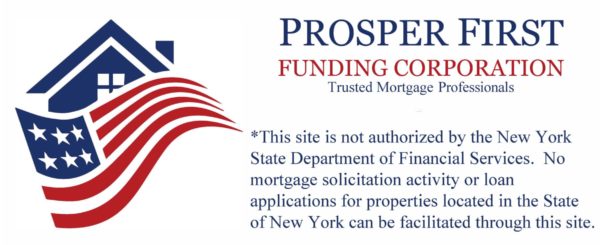Interest rates in the U.S. have been at a record low for a long time—nearly a decade, in fact. Many have expected 2015 to bring the first increase in rates.
This month, the Fed announced that it would not be raising interest rates just yet, as had been widely assumed for much of the year. The benchmark interest rate for short-term loans remains at a target level of 0 to .25 percent. Discover what this means for mortgages in both the short- and long-term.
The History
Our current historically low interest rates were implemented to spur economic recovery. Most signs point to a nearly recovered U.S. economy, which is what prompted expectations for an interest rate hike. In fact, through most of the summer, a hike was widely expected. But with some of the other big powerhouses in the global economy not doing so hot (notably China), the Fed decided to hold off on an increase.
Buying a home (a key indicator of wealth for most Americans) has been made easier for many during this time of such low rates. This summer, Americans were anxious to buy and finance homes. Mortgage applications climbed more than 20 percent from mid-June through August. The summer always sees an increase in home buying, but these were the strongest summer gains since 2011.
What’s Ahead
Despite the fact that the Fed didn’t increase interest rates in September as many had expected, there will most likely be a increase in interest rates sometime in the near future. Fed chair Janet Yellen said that an increase is still likely this year (they meet again in both October and December). The Fed mentioned that it wants to see “some further improvement in the labor market.” Also, the Fed’s measure of inflation is at 1.2 percent, but it’s inflation target is 2 percent, so they are watching that closely as well.
Effect on Consumers
What will happen when rates inevitably go up? Many who take out consumer and business loans will eventually see an increase in loan interest rates, although the effect will not be immediate. Yellen emphasized that the interest rate will be “highly accommodative for quite some time.” The Fed’s influence on most loan rates is only indirect, and rates will likely be held down by low inflation rates worldwide. So the short-term effects of a rate hike will be limited.
However, people looking to buy homes in areas where housing costs are already sky-high will feel the pain of an interest rate hike, and probably quickly. In areas like San Francisco and New York, even a small interest rate change could make monthly payments unaffordable for those who are already stretched financially. In areas of the country where housing is less expensive, there will be much less of an impact on monthly mortgage payments.
Photo by Ken Teegardin
My husband and I are looking at a house that has an HOA, but we never lived with one before so we are curious to know if there are benefits to having one. I liked how you pointed out that one good thing is that they will provide a landscape company to help with the yard work. It will be great not having to worry about spending all of our time doing it, but having it still look nice.
Very nice love the colors
I would love to have a tiny home to live in! It seems more manageable and affordable. The Hiatus in Oregon is beautiful. I love the wood floors. can you put a tiny house on any property? Thanks for the inspiration and information!
I have a home in Stamford CT and I am looking for someone to assume my mortgage. Not sure if you are interested in something like this based on what I saw on your website. Eric
Is it possible to buy a first home with a 580 credit score? The house is in Groton ct and is only $90,000
